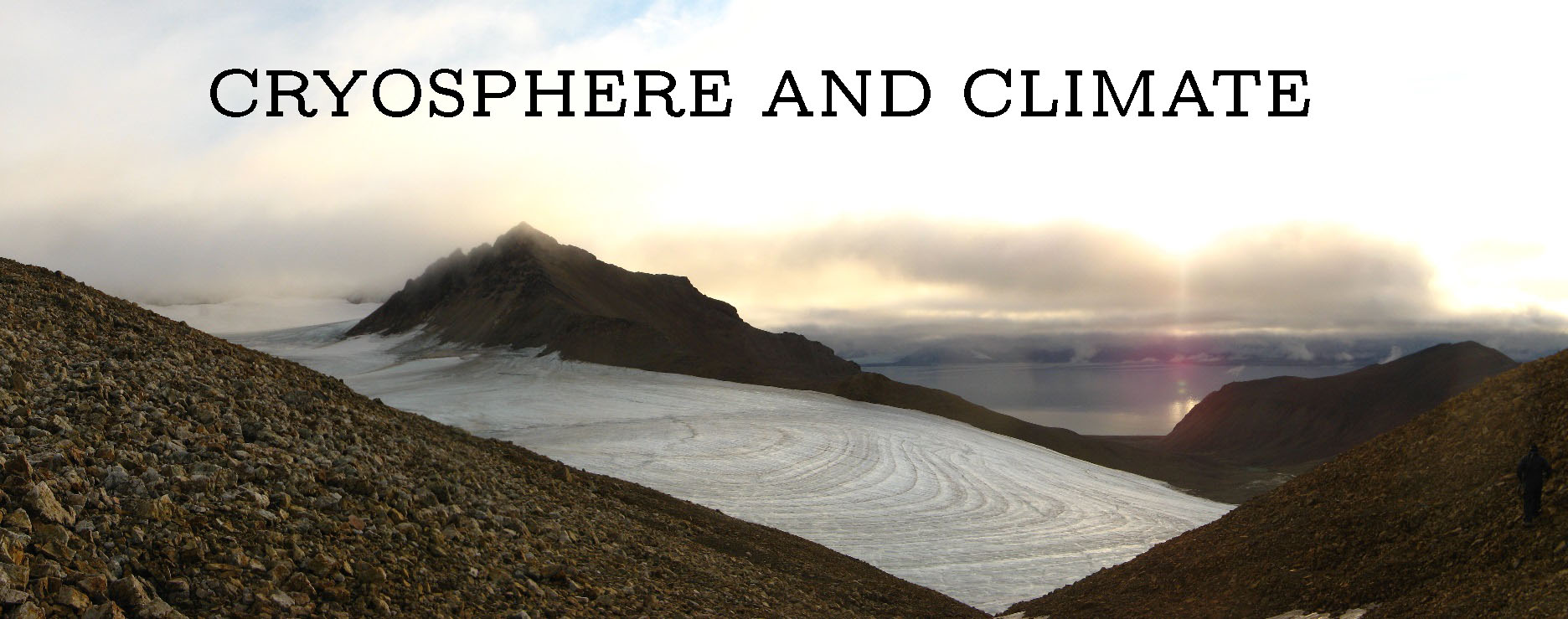- Screen Reader Access
- Skip to : main content / navigation
- Text Size
- Home
- Sitemap
- Contact us
- हिंदी
 |
| RESEARCH | ACTIVITIES | FACILITIES | PEOPLE | PUBLICATIONS |
Antarctic Climate Reconstruction Using Ice Core Records
Antarctic cryosphere responds to global and regional climate system on an array of timescales. The Antarctic ice sheet provides natural archives of climate change. Recent climate variability could have a significant natural component and we could learn from high resolution ice core proxy records. A combination of proxy based reconstruction and palaeoclimate models will provide an opportunity to assess the ability of the models to reproduce the natural climate variability. Reconstruction of time periods representing substantial climate transitions (for example the Medieval Warm Period – Little Ice Age, and potentially the mid Holocene) provide an opportunity to investigate the magnitude of responses, feedback mechanisms, and model sensitivity to these drivers.
Ice core records are best known for the unprecedented information they have provided on climate variability and climate forcing on long timescales – millennial and longer. However, one of the major requirements climate change research is the production of high resolution (at least annual) data of sufficient quality to be used in quantitative studies of climate variability and in determination of changes in climate forcing. Some of the most valuable ice core records are obtained from Antarctica.
Present project envisages to recover shallow to medium depth ice core drilling from coastal and inland Antarctica. The main focus would be the coastal ice sheets and ice rises of Dronning Maud Land and Ingrid Christensen Coast that would provide areas of higher snow accumulation, that would offer high-resolution climate records.